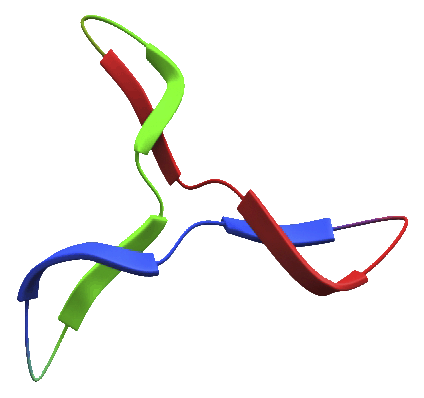CO2 PROCESSING/SEQUESTRATION SERVICE CAPABILITIES
Examples of Experience Relevant to CO2 Processing and/or
Sequestration:
- Conceptual design of novel CO2 processing/sequestration
approaches - Definition and technical/economic evaluation of multiple process
configurations - Process simulation and design of CO2 unit operations
- Absorption of CO2 from natural gas, flue gas, or other process
gas streams - Dehydration of CO2 at moderate pressures with TEG
- Dehydration of supercritical CO2 with glycerol
- H2S removal from CO2
- CO2 liquefaction via compact and conventional heat exchangers
- Pipeline flow analysis (e.g., two-phase supercritical flow in hilly
terrain) - CO2 production well flowlines
- Retrograde condensation of water in CO2 pipelines
- Preparation of equipment specifications
- Flammability assessments for CO2/methane mixtures for
process hazard analyses - Plant start-up and troubleshooting services
- Debottlenecking studies
- Materials selection
Examples of Experience Relevant to CO2 Processing and/or
Sequestration:
- Debottlenecking study at a 150 MMscfd supercritical CO2
dehydration facility - client desired to increase throughput of
facility by ~75% over historical levels. Through careful modeling
and consultation with an outside expert with specific supercritical
CO2 experience, Trimeric staff proved that the expansion could
be accomplished by replacing existing trays with structured
packing, and making other minor modifications to certain pieces
of the existing plant. Net cost of the plant expansion using this
route was 1/3 that of client’s other option, building a new facility.
The structured packing and other modifications were installed
and successfully started up. This client saved over $1 million. - Engineering feasibility study – Conceptual design and cost
estimates for two CO2 processing options: 1) compress, cool,
and dehydrate CO2 with glycerol under supercritical conditions,
and 2) dehydrate CO2 with TEG under subcritical conditions,
chill, condense, and then pump the liquid CO2 into the sales
pipeline. - CO2 delivery pipeline capacity evaluation - Modeled 80-mile CO2
delivery pipeline to predict maximum pipeline capacity under
various feed conditions with multiple customer draw-off points
along the line. - CO2 gathering system network evaluation – Modeled CO2
gathering system network to identify bottlenecks and options for
increasing capacity. Problem required simulating supercritical
CO2/water two-phase flow using specialized pipeline simulation
software. - Equipment selection for CO2 liquefaction unit. Evaluated several
different conventional and compact heat exchanger designs and
prepared equipment specifications for 18 MMscfd CO2
condenser.


TRIMERIC CORPORATION